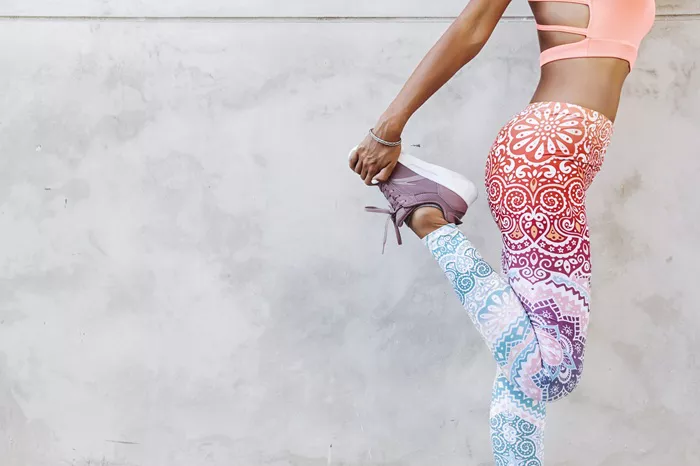The global yoga clothing market is projected to hit a value of $70,291 million by 2030. This growth is expected at a steady compound annual growth rate (CAGR) of 7.8% from 2021 to 2030.
Yoga, which originated in India, is a practice that combines spiritual, physical, and mental disciplines. It aims to bring harmony between the body and mind. Known for promoting overall health, yoga helps prevent lifestyle-related diseases. It also improves strength, flexibility, lung capacity, and posture. Additionally, yoga supports managing anxiety, stress, depression, and other chronic conditions.
Increasing awareness of yoga’s health benefits is encouraging more people to join yoga classes worldwide. This rise in participants is a key factor driving the growth of the yoga clothing market.
The market is also benefiting from the rising number of obesity and health-related issues globally. More consumers are adopting fitness routines such as yoga and purchasing related products, including yoga clothing, mats, and accessories. Governments and fitness organizations worldwide actively promote yoga, boosting its popularity. For example, in 2014, Indian Prime Minister Narendra Modi proposed the idea of International Yoga Day at the United Nations General Assembly. This initiative inspired people around the world to practice yoga. In 2016, the Indian government further pushed to make yoga a mass movement, increasing the number of practitioners and, consequently, the demand for yoga clothing.
The COVID-19 pandemic led to a surge in yoga and fitness activities. Many people turned to online platforms to learn yoga, becoming more health conscious. However, the initial lockdowns caused disruptions in clothing manufacturing and supply chains, leading to some losses in the yoga clothing sector.
Market Segmentation
The yoga clothing market is divided based on product type, end user, and distribution channel:
Product Type: Top wear and bottom wear.
End User: Men and women.
Distribution Channel: Supermarkets/hypermarkets, specialty stores, e-commerce, and others.
Geographically, the market is analyzed across North America (U.S., Canada, Mexico), Europe (UK, Germany, France, Spain, Netherlands, Italy, and others), Asia-Pacific (China, Japan, India, South Korea, Australia, and others), and LAMEA (Latin America, Middle East, Africa).
Key Market Trends
Among product types, the top wear segment is expected to grow fastest. This is due to the increasing number of yoga practitioners and rising obesity rates. Investments in research and development are improving the comfort and effectiveness of yoga clothing, which supports market growth.
Women make up the largest share of the market, accounting for 60.9%. Growing awareness of body aesthetics and endorsements by female celebrities such as Kim Kardashian, Demi Moore, Madonna, Shilpa Shetty, Kareena Kapoor, and Bipasha Basu have boosted women’s participation in yoga.
Specialty stores accounted for 60.8% of sales in 2020, driven by strong presence in developed markets like North America and Europe.
Leading Companies
Major players in the yoga clothing market include Nike, Puma, Asics, Under Armour, Adidas, Lululemon Athletica, Manduka, Prana, Hugger Mugger, and Aurorae Yoga, LLC. These companies use various strategies to increase market share and enhance profitability.
Market Snapshot
The market was valued at $33.68 billion in 2020.
Bottom wear is expected to register the fastest growth, with an 8.1% CAGR.
Women’s yoga clothing sales were valued at $20.52 billion in 2020.
The U.S. is the largest market in North America, forecasted to reach $5.86 billion by 2030, growing at 6.4% annually.
Why Buy This Report?
Identify the best manufacturers for mergers and acquisitions.
Find potential clients and partners matching your target demographic.
Access reliable data and analysis for business decisions.
Develop strategic plans by understanding market opportunities.
Explore licensing strategies to expand business reach.
Spot new entrants with strong portfolios and prepare competitive responses.
Gain insights for research and development through competitor analysis.

